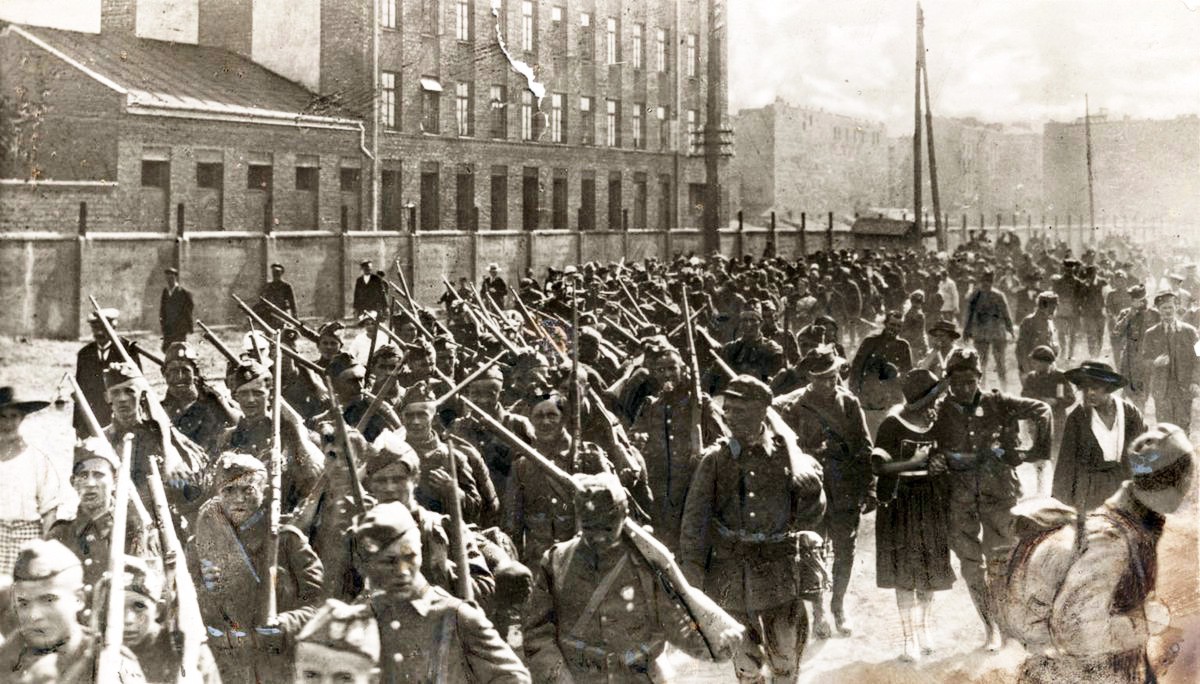For years, historians have researched and discussed the identity of Gallus Anonymous – the author of the “Polish Chronicon.” Now, a recent discovery by Professor Tomasz Jasiński, a medievalist from the Adam Mickiewicz University in Poznań, sheds new light on the mysterious chronicler and is a significant contribution to ongoing studies of the medieval history of the Polish state.
polishhistory: One question has been bothering Polish historians for years: Who was the mysterious Gallus Anonymous? What do we know so far?
Professor Tomasz Jasiński: Indeed, this research has been going on for years, and many historians have tried to find an answer to this question. More than half a century ago, Professor Danuta Borawska presented a bold thesis that Gallus Anonymous was the author of “The Transfer of St. Nicholas,” attributed to the anonymous Monk of Lido, meaning they were the same person. As evidence for this view, Borawska pointed to many linguistic similarities, including, among others, a disyllabic rhyme that occurs in both works.
Several years later, in 1984, Professor Mariann Plezia rejected this thesis, defending his earlier hypothesis that Gallus Anonymus came from Saint-Gilles, France, and reached Poland via Hungary. Although this version seemed probable, it could not be proven then. Plezia was an eminent philologist who quickly noticed many similarities between the “Chronicon” and the “The Transfer of St. Nicholas.” Both writers used a specific Latin rhythm, which did bother him. Unfortunately, exploring the issue more deeply at the time was impossible.
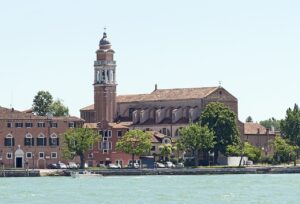
Why?
Professor Borawska lacked the ability to compare the rhythms in both works. Professor Plezia undertook the task but conducted his research in a limited form. He concluded that, although the rhythms are the same, this is probably because the Monk of Lido and Gallus Anonymous were both educated in France. As a result, he concluded that Gallus Anonymous was most likely French – already widely assumed – and left it at that. In the following years, various texts appeared trying to establish the origin or identity of Gallus, but they yielded no new insights.
Why did you become interested in the subject?
It happened quite by accident. Once as I was reading the Chronicon – it was not my first contact with Gallus – I was struck for the first time by the description of the Slavs. It was incredibly vivid and accurate, a real literary masterpiece. You could even call it a hymn about the Slavs. Gallus spoke very flatteringly about the region itself. Of course, he described other lands too, but in the case of the Slavs, the author’s great commitment and accuracy of description are clear.
I remembered the article by Professor Borawska, who had already identified Gallus Anonymous as the Monk of Lido in 1965, and I decided to delve further into the subject.
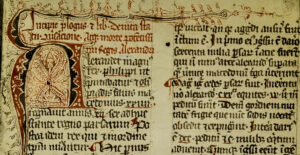
In what way?
As mentioned, Professor Borawska did not have the tools to compare the rhythms in both works. Therefore, I decided that if I wanted to test her hypothesis, I had to do it myself. For this purpose, in 2010, with the help of a friend who is a programmer, I created a unique program, thanks to which I was able to analyze almost all Latin writings up to 1200. To my surprise, it turned out that some of the stylistic and rhythmic elements of Gallus’ prose can already be observed in antiquity, for example, in the legal texts of Constantine the Great!
However, when it comes to later texts, Gallus Anonymous used a unique style combined with the rhythm mentioned above, reminiscent of the rhythm of papal documents, but with additional rhythms known as trispondaicus. Moreover, the program found the same style in only one other work, “History About the Translation of St. Nicholas.” So it became clear that Professor Borawska was right – our chronicler Gallus Anonymous and the Monk of Lido are both the same person.
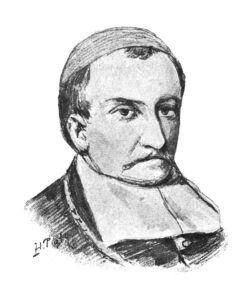
So it also turns out that Gallus Anonymous was not only a great chronicler but also a poet.
Yes, he was a poet and an outstanding one at that. Gallus Anonymous wrote beautifully, using fifteen syllables (trochaic octameter), [a poetic form] dating back to antiquity. This type of poem was firmly entrenched in the national poetry of France and England, for example. Initially, it was not well suited for Polish poetry, but it began to flourish over time. It was used, for example, by the grandfather of the Nobel Prize winner, Henryk Sienkiewicz, when translating Warszawianka – he did it using fifteen syllables (trochaic octameter). However, Gallus had a considerable advantage – he was also fluent in sixteen syllables (trochaic octameter). As a result, his poems acquired a unique structure.
With the lightness and richness of his rhetorical forms, Gallus Anonymous surpassed his era’s poets. His poetic output can easily be compared with the achievements of the outstanding French poets of that era — Hilary of Orléans and Peter Abelard.
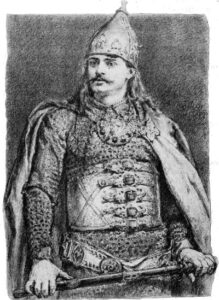
What else do we know about the author of the Chronicon?
He was likely a Slav, or more precisely, a Croat associated with the pro-Hungarian party centered around the Croatian Queen Helena, the widow of King Demetrius Zvonimir and the niece of Casimir the Restorer. After all, he was clearly well acquainted with the dynastic tradition of her milieu. In addition, everything indicates that he came from a knightly or even aristocratic family. As a younger son, he was probably sent to the internal school of the monastery of St. Bartholomew in Knin (Kapitul). After graduating, he was likely introduced to court service due to his skills.
He most likely took part in the synod in Clermont in 1095 and the one a few years later in Tours. He probably also participated in the Venetians’ expedition to the Holy Land in 1099-1100.
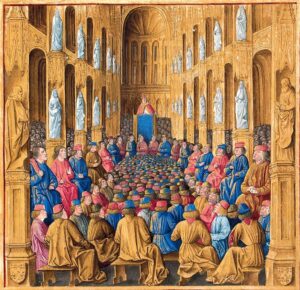
What happened to him afterward?
We do not know for sure. After Queen Helena’s death and the collapse of the pro-Hungarian party, Gallus Anonymous became involved with a Dalmatian political party seeking supporters in Venice. It is assumed that after the intervention of the Hungarian King Coloman in Croatia, which finally subjugated Zadar and other Dalmatian cities, Gallus went into exile together with the former Croatian King Almosz, first to Germany and then to Poland. Thus he found himself at the court of Duke Bolesław III Wrymouth, who was Almosz’s brother-in-law.
Interviewer: Natalia Pochroń
Translation: Alicja Rose & Jessica Sirotin




